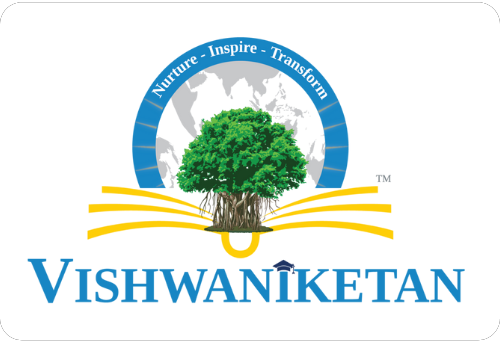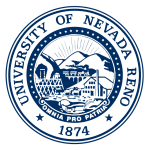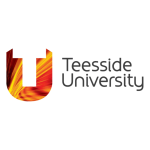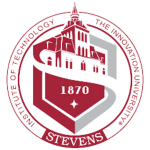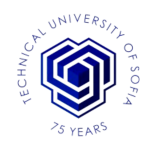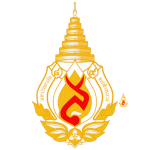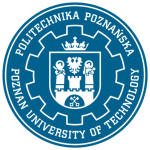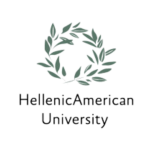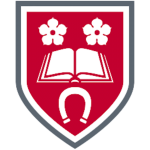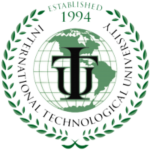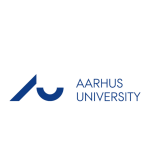(ISIP) International Summer Internship Program 2024
International Internship Opportunity for Engineering, Architecture, Design and Management Students
The ‘Vishwaniketan-CGC network’ has created opportunities of summer Internships, Master and Ph. D programes for Indian students and teachers, in universities abroad. In last seven years, the network created 25+ tie-ups with universities abroad, more than 900+ students have successfully completed PBL-summer-internships (UG Fellowship), and more than 70 teachers completed Ph.D.
